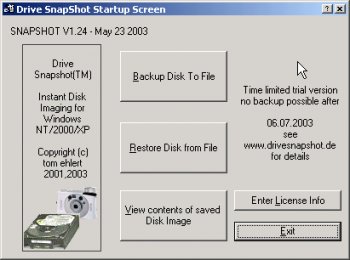

When available, these snapshots can be used to restore the following: Snapshots include all files and directories stored on the startup drive at the time that the individual snapshot was made. These snapshots are invisible to the file system, so unlike HFS+, there isn’t a directory or file location which you can access to get access to the snapshot-stored backups. Instead, Time Machine is now using APFS snapshots to store a read-only copy of the state of your Mac’s startup drive at the time when that snapshot was taken. On APFS formatted drives, the /.MobileBackups directory and /Volumes/MobileBackups are no longer available. MobileBackups directory is mountable as /Volumes/MobileBackups and you can access the backed-up files stored inside by navigating via the command line or Finder window. MobileBackups on the root level of the startup drive. On HFS+ formatted drives, Time Machine local backups are stored in an invisible directory named.

These snapshots are stored on the startup volume, but are not the same as the previous local backups that Time Machine used on Hierarchical File System Plus (HFS+) formatted drives.

These snapshots capture the state of the startup volume at a particular point in time and can be used by Time Machine to restore files, folders or the whole startup volume. Starting with macOS High Sierra, Time Machine on Apple File System-formatted (APFS) startup drives gained the ability to create APFS snapshots.


 0 kommentar(er)
0 kommentar(er)
